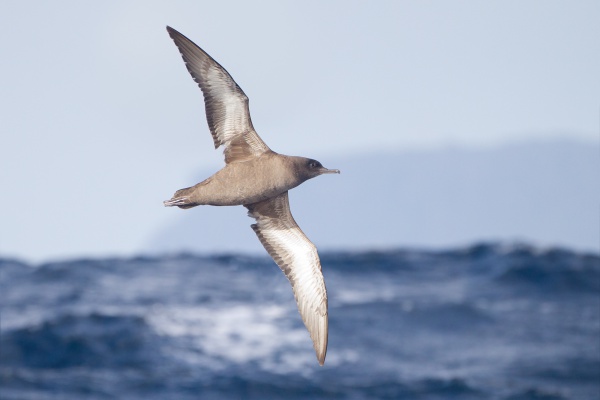Facts About Sooty shearwater
The sooty shearwater is a captivating medium-large seabird from the Procellariidae family, easily identifiable by its dark plumage and distinctive flying style. Known as "tītī" by the Māori, these birds breed on small islands in the South Pacific and South Atlantic Oceans, including New Zealand and the Falkland Islands.
These birds are remarkable for their long-distance migrations, following circular routes from their breeding colonies to subarctic waters. Their diet mainly comprises fish and squid, which they catch by either diving deep or skimming the surface. Interestingly, they often follow whales or fishing boats to find food.
Sooty shearwaters nest in burrows and lay a single white egg. Unfortunately, their population has been declining, and they are now classified as near-threatened by the IUCN. In New Zealand, the indigenous Māori people harvest young muttonbirds for their oils and as a food source. The decline in sooty shearwater numbers is attributed to various factors, including habitat loss and human activities.
In 1961, these birds made headlines when thousands of them exhibited bizarre behavior along the shores of North Monterey Bay in California. This unusual event was possibly caused by toxic algae poisoning and even inspired Alfred Hitchcock's classic thriller "The Birds" which is based on a story by Daphne du Maurier.
The sooty shearwater's fascinating biology, impressive migration patterns, ecological role, and cultural significance underscore its importance. However, this remarkable seabird faces significant conservation challenges in our ever-changing environment.
